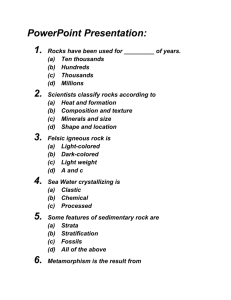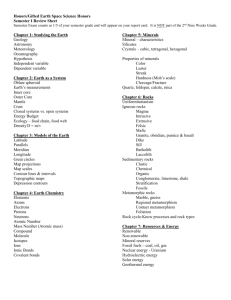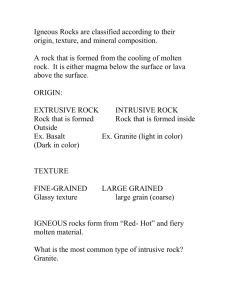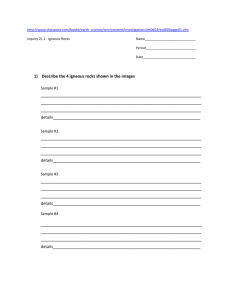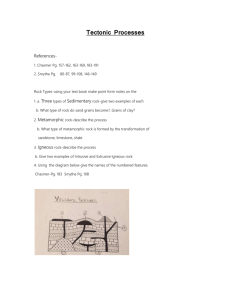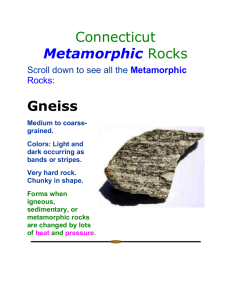Student Learning & Pedagogical Challenges and Choices
advertisement
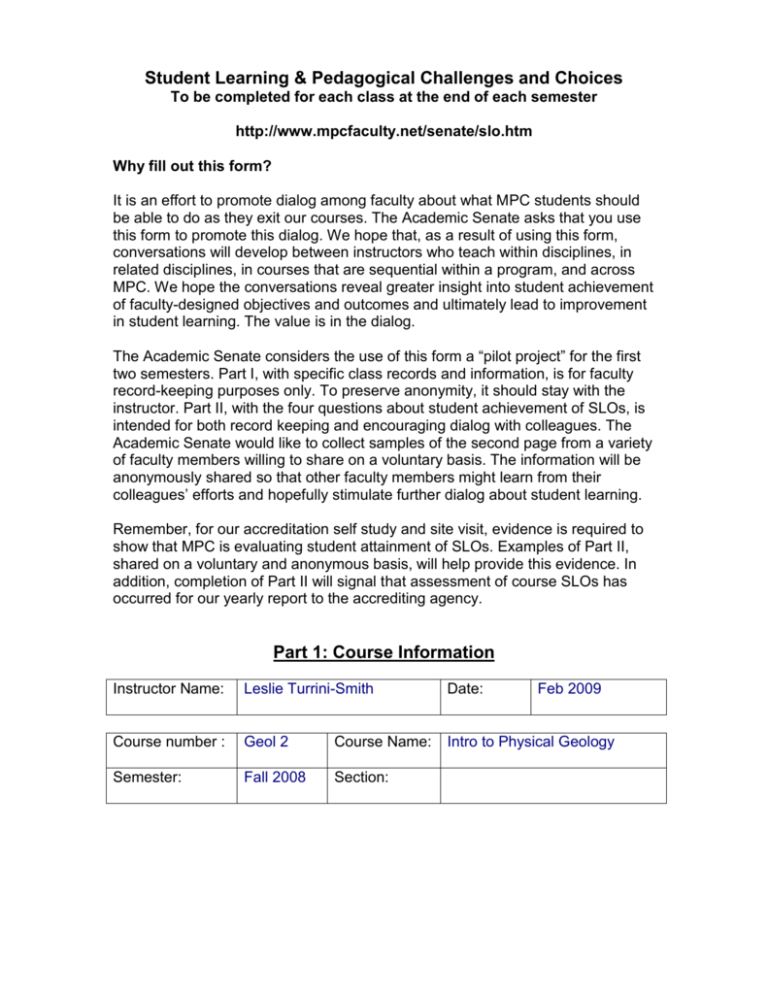
Student Learning & Pedagogical Challenges and Choices To be completed for each class at the end of each semester http://www.mpcfaculty.net/senate/slo.htm Why fill out this form? It is an effort to promote dialog among faculty about what MPC students should be able to do as they exit our courses. The Academic Senate asks that you use this form to promote this dialog. We hope that, as a result of using this form, conversations will develop between instructors who teach within disciplines, in related disciplines, in courses that are sequential within a program, and across MPC. We hope the conversations reveal greater insight into student achievement of faculty-designed objectives and outcomes and ultimately lead to improvement in student learning. The value is in the dialog. The Academic Senate considers the use of this form a “pilot project” for the first two semesters. Part I, with specific class records and information, is for faculty record-keeping purposes only. To preserve anonymity, it should stay with the instructor. Part II, with the four questions about student achievement of SLOs, is intended for both record keeping and encouraging dialog with colleagues. The Academic Senate would like to collect samples of the second page from a variety of faculty members willing to share on a voluntary basis. The information will be anonymously shared so that other faculty members might learn from their colleagues’ efforts and hopefully stimulate further dialog about student learning. Remember, for our accreditation self study and site visit, evidence is required to show that MPC is evaluating student attainment of SLOs. Examples of Part II, shared on a voluntary and anonymous basis, will help provide this evidence. In addition, completion of Part II will signal that assessment of course SLOs has occurred for our yearly report to the accrediting agency. Part 1: Course Information Instructor Name: Leslie Turrini-Smith Date: Feb 2009 Course number : Geol 2 Course Name: Intro to Physical Geology Semester: Fall 2008 Section: Student Learning & Pedagogical Challenges and Choices To be completed for each class at the end of each semester Part 2: Assessment of Student Attainment Student Learning Outcomes (upon successful completion of this class, students will have demonstrated the ability to….): Use texture and composition to identify the following Igneous rocks: basalt, andesite, rhyolite, pumice, obsidian, tuff, gabbro, diorite, and granite. Assessment Methods (there should be one or more for each SLO): Rock identification lab and rock hand sample ID quiz; Labs, exams and quiz that require student to apply an igneous rock composition and texture chart to identify an igneous rock given a specific mineral composition and texture (without hand samples – using verbal description of rocks). 1. Did the students enrolled in this class appear adequately prepared and/or correctly placed? Please explain. There are no prerequisites for this course, so students of all levels are accepted. I have observed many students without basic math skills often struggle with parts of this course. 2. Please evaluate your students’ level of attainment of this course’s SLOs. Use whatever methods are best suited for your course, making sure that the results are comparable from semester to semester. Most students were able to correctly identify igneous rock hand samples by visual examination. Students were less successful in correctly identifying igneous rocks when asked to apply a provided rock ID chart to identify rocks given a detailed description of the specifiic mineral composition and texture. 3. Did you make any substantial pedagogical changes this semester? Please indicate the role that student attainment of your SLOs played in the development of these changes. Yes. During a post-review of an exam, I demonstrated (again) how to use the rock ID chart to identify igneous rocks, as well as showing the reverse process of finding a specific igneous rock on the chart. I took more time to explain the mechanics of how to “read” a chart of graphical data. I also met with small groups of students to practice using the ID chart and had them practice the same skill during the tutoring session. 4. Do you intend to make any substantial pedagogical changes when teaching this class in future? If so, what changes do you intend to make, and why will you make them? Yes, I realized that many students can use visual techniques to ID igneous rocks without comprehending how to apply a rock ID chart. Many students that lack basic math skills do not know how to interpret graphical data. I plan on including a more basic section in the lab showing students how to use and apply graphical data, such as the rock ID chart, and other graphical data (e.g., sea level curves). I will include specific problems in lab and on quizzes for them to practice applying the ID chart to identify an igneous rock given a specific composition and texture and without hand samples.

